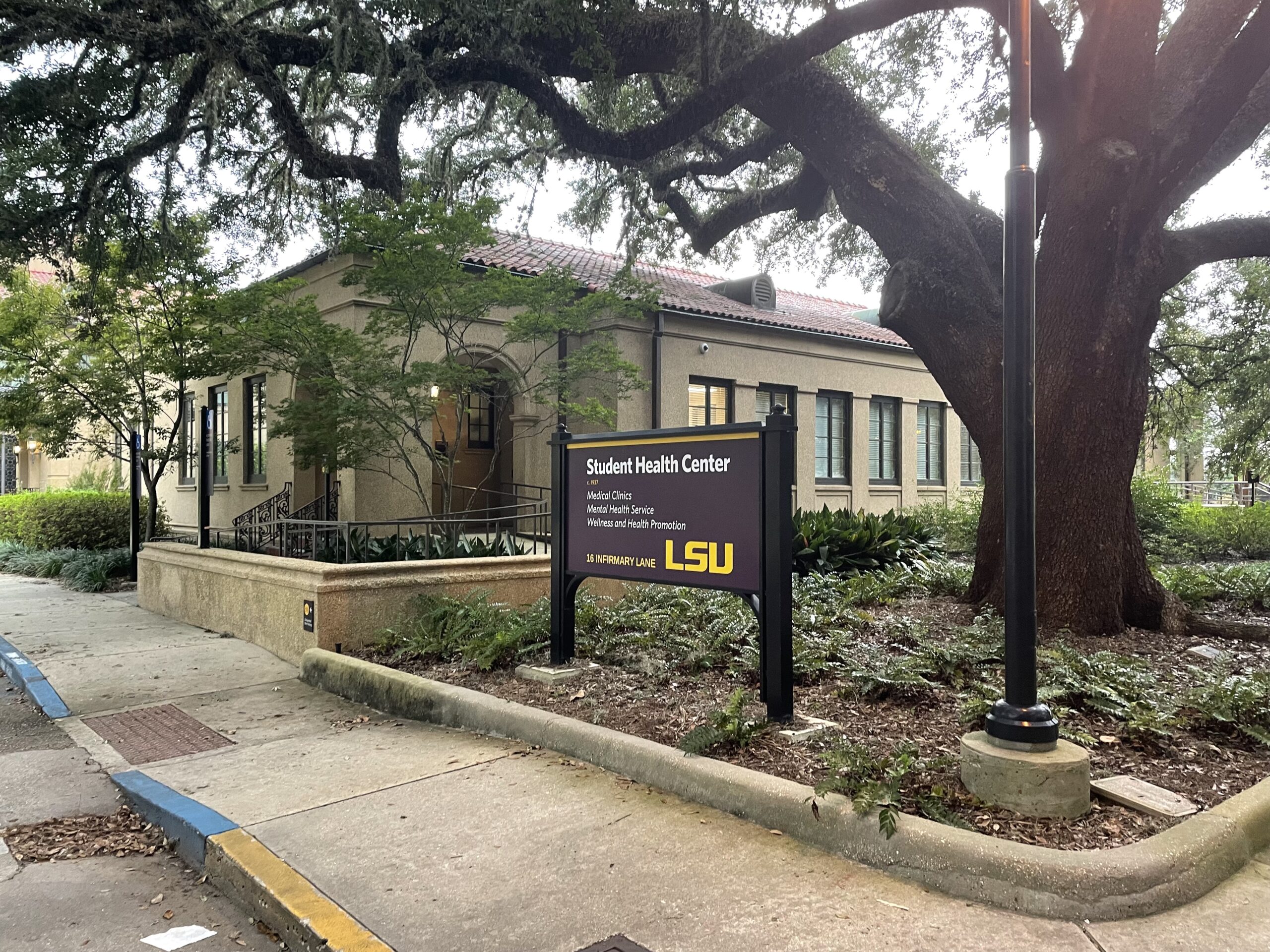As the United States transitions out of the COVID-19 crisis phase, the pandemic’s long-term impact on the health care industry remains unclear. In recent months, hospitalization rates have lowered and new case counts remained well below peak-pandemic records, but health care professionals have still been dealing with COVID-19-related burnout and fatigue.
A December 2021 survey of more than 500 health care workers and first responders found that 38% of respondents reported experiencing post-traumatic stress disorder, 74% experienced depression, and 75% experienced anxiety due to the pandemic. More than half of survey respondents said the pandemic reduced the likelihood of remaining in their field.
In a separate study conducted by McKinsey in November 2021, 32% of registered nurses surveyed in the U.S. said they were considering leaving their role—an increase of 10 percentage points since the previous survey less than 10 months prior.
The pandemic overwhelmed America’s health care system and the professionals who keep it running. Not only were they performing lifesaving acts every day, but they also carried the psychological pressure of the hero narrative—fulfilling an idea of someone strong, tireless, fearless, and who ultimately prevails.
For more than two years, they confronted patient deaths and faced uncertainty about their safety and the safety of their loved ones. They bore witness to the emotional trauma of others with little opportunity to process their own. One of the most significant sources of anxiety and depression over the last two years was not having the physical resources or support to do their jobs, according to health care professionals.
Violence against health care workers has been on the rise over the last decade. According to a 2018 report from the U.S. Bureau of Labor Statistics, health care and social service workers were five times more likely than all other workers to experience workplace violence, comprising 73% of all nonfatal workplace injuries and illnesses requiring days away from work.
According to a 2020 National Nurses United survey of more than 15,000 registered nurses in the U.S., roughly 20% of participants said they faced increased on-the-job violence. This behavior is attributed to COVID-19-related staffing shortages, changes in their patient population, and visitor restrictions.
The health care system is again overwhelmed by labor shortages and patients who delayed care during the pandemic. While much of the health care sector has seen a rebound in employment figures since the initial dip in 2020, nursing homes and elderly community care facilities have continued seeing a drop in employment through November 2021, according to a Peterson-Kaiser Family Foundation analysis of BLS data.
Many workers are leaving the field for entirely new industries. Timetastic used U.S. Census Bureau data to compare which industries health care workers switched to after exiting the health care field between the third quarter of 2020 and the first quarter of 2021. While the dataset focuses on national numbers, data from Alaska, Arkansas, Kansas, Louisiana, Mississippi, Missouri, Oklahoma, and Tennessee was not included.
According to the BLS, the health care industry includes ambulatory health care services, hospitals, nursing and residential care facilities, and social assistance. This includes home health aides, licensed practical nurses, and health services managers. Read on to learn more about the industries health care workers joined during the pandemic.
Discovered on: 2022-06-15 18:30:00
Source: STD rates, infant mortality increased in Douglas County during pandemic | L…


